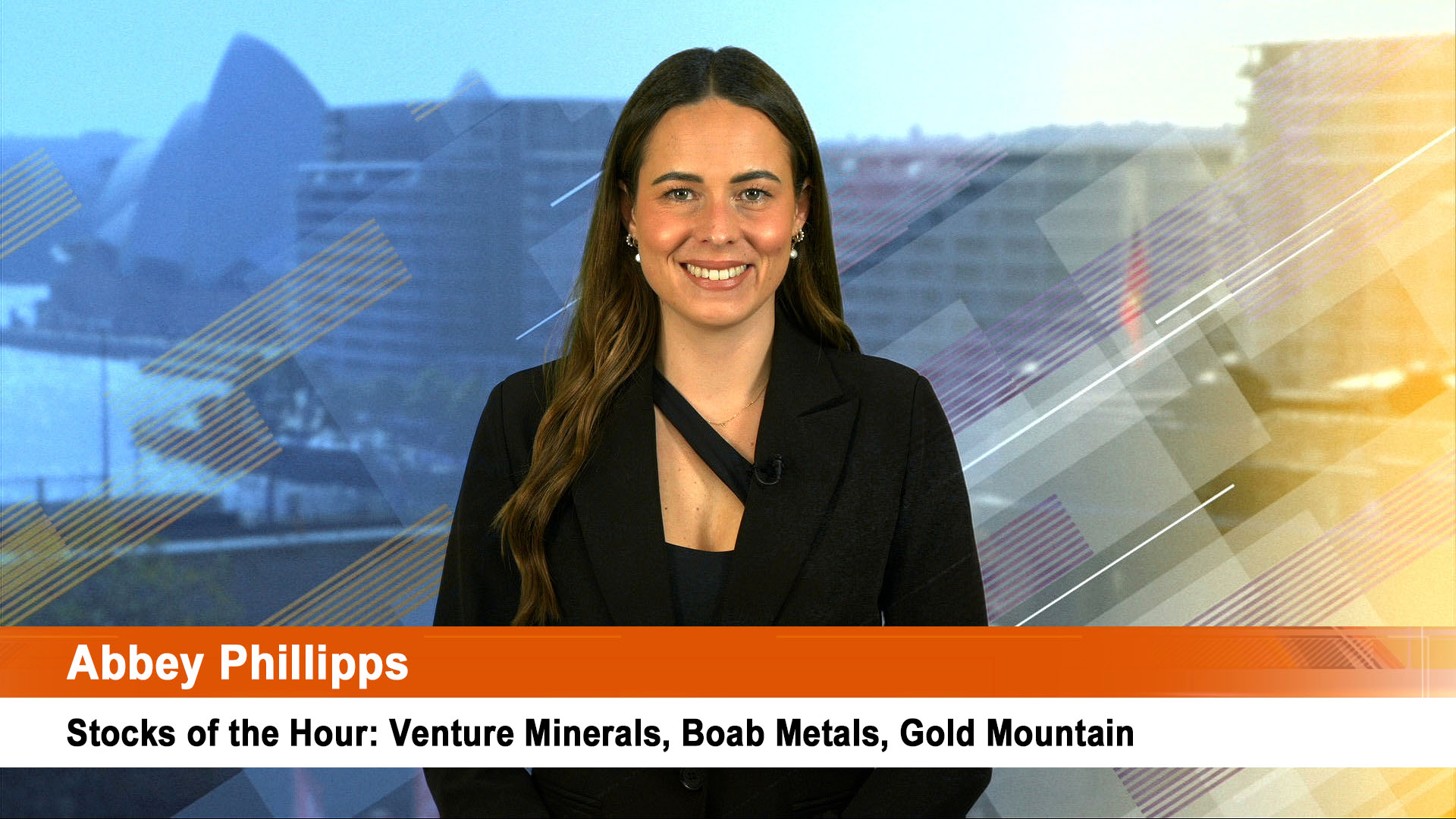House prices have fallen over the past year after a drop in July – the 9th month in a row prices have dipped according to the latest Corelogic Hedonic Home Value Index shows.
The July Corelogic Index showed a fall of -0.6% which left average prices down 2.4% from a year ago, their weakest since 2012. The fall sees prices falls now approaching levels where the Reserve Bank might start getting worried.
In a commentary yesterday, the AMP’s Chief Economist, Dr Shane Oliver said: ""Ongoing home price falls in Sydney and Melbourne will depress consumer spending as the wealth effect is now going in reverse and so homeowners will be less inclined to allow their savings rate to decline. It’s consistent with our view that the RBA will leave rates on hold out to 2020 at least.
“Home price weakness is at levels where the RBA started cutting rates in 2008 and 2011, so we still can’t rule out the next move in rates being a cut rather than a hike,” Dr Oliver warned.
Sydney dwelling prices fell another 0.6% and have now fallen 5.4% from their August 2017 high, Melbourne prices fell another 0.9% and are down 2.9% from their November high. Perth (-0.8%) and Adelaide (-0.1%) also saw falls in July, but Brisbane, Canberra and Darwin saw small gains and Hobart was flat and looks to be slowing after an 11.5% rise over the last year.
But while that is the in the largest decline since 2012, but is tiny besides the to the rise in dwelling values of nearly 70% in the past five years for Sydney, and over 50% for Melbourne.
The 5% plus fall in Sydney helps explain the news this week from real estate agents, McGrath of more losses.
McGrath warned shareholders on Tuesday that they can expect a $35 million hit from weakening housing sales for the six months to June 30.
CEO Geoff Lucas said after a balance sheet review as part of the normal year-end financial statement process, "the company expects to recognise an additional impairment charge of about $35 million against the company-owned sales segment".
The $35 million is in addition to the $21.8 million goodwill impairment against company-owned sales taken in the interim results announced in February.
Dr Oliver said in his commentary on Wednesday the price falls are due to a combination of factors – “Tighter bank lending standards – particularly around borrowers’ income and expenses and restricting loans to households with high debt to income ratios – along with poor affordability, rising supply, falling price growth expectations and FOMO (fear of missing out) going into reverse are pushing prices down in cities which have seen strong gains since 2012, ie Sydney and Melbourne.”
"This is also evident in weak and still falling auction clearance rates and auction sales volumes in those cities. The recent average mid 40s auction clearance rate in Sydney and the low 50s action clearance rate in Melbourne are consistent with ongoing price weakness.”
"However, having not had the same boom over the last five or six years other capital cities are likely to perform better. Perth and Darwin are likely at or close to bottoming (albeit the bottoming process may take a while), Adelaide, Brisbane and Canberra are likely to see moderate growth and the strength in Hobart is likely to continue albeit at a much cooler pace than seen over the last year,” Dr Oliver said.
"Similarly home prices in regional centres (-0.4% in July, but +1.6%yoy) are likely to hold up better with modest growth as generally speaking they haven’t had the same boom as Sydney and Melbourne and so offer much better value and much higher rental yields. The average gross rental yield for regional areas is 4.9% compared to just 3.4% in the capital cities.
"Capital city unit prices have held up better than house prices but seem to be coming under more pressure falling 0.5% in July and they face further weakness as more supply comes on. The residential crane count may have peaked in Sydney and Melbourne but its still high meaning that there is still a huge amount of units to hit these two markets.
"Overall, Sydney and Melbourne are likely to see a top to bottom fall of around 15% spread out to 2020, but for national average prices the top to bottom fall is likely to be around 5%. A crash landing remains unlikely in the absence of much higher interest rates or unemployment, but it’s a risk given the difficulty in gauging how severe the tightening in bank lending standards in the face of the Royal Commission will get,” Dr Oliver wrote.













